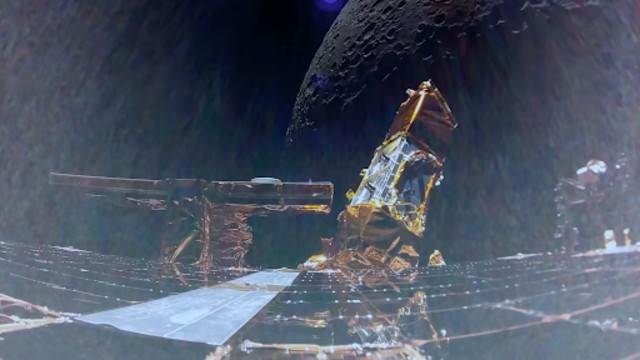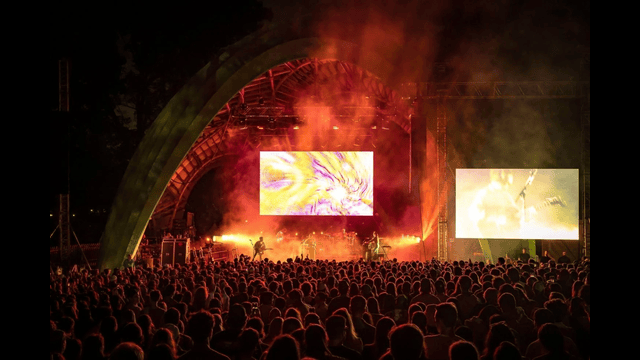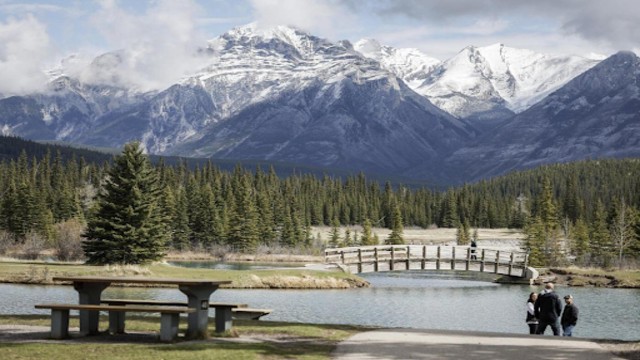
While orbiting the Moon, Firefly’s Blue Ghost lander took a photo showing the Moon’s south pole on the far left side. CNN
The Blue Ghost lunar lander has been sending breathtaking images of the moon since it entered orbit on February 13. These images include a detailed view of the moon’s far side, which cannot be seen from Earth. The lander moved from a high elliptical orbit to a lower one, about 120 kilometers (74.6 miles) above the surface. The company behind the mission, Firefly Aerospace, shared these updates last week.
The spacecraft captured not only the rocky lunar surface covered in craters but also the lunar south pole. Joseph Marlin, deputy chief engineer for Blue Ghost, expressed his excitement about the visuals. "The latest Moon footage captured by Firefly’s Blue Ghost lunar lander is completely surreal," he said. "We had an idea of how the imagery would look, but seeing the real-life footage of the Moon’s craters and boulders from our very own spacecraft is such an inspiration."
The privately built spacecraft left Earth’s orbit on February 8 and spent several days traveling to the moon, which is about 384,400 kilometers (238,855 miles) away. Currently, the lander is about halfway through its planned 16-day orbit and is scheduled to attempt a landing on March 2.
Blue Ghost is carrying 10 science and technology instruments for NASA as part of the space agency’s Commercial Lunar Payload Services (CLPS) initiative. This mission is linked to NASA’s Artemis program, which aims to send astronauts back to the moon for the first time in over 50 years. Once the lander reaches the surface, the instruments will study lunar dust, the moon’s subsurface, and regolith—loose rocks and mineral fragments that cover the surface.
"Robotic deliveries like the Blue Ghost mission perform science experiments, test technologies, and demonstrate capabilities on and around the Moon to prepare for astronaut missions to the lunar surface, and ultimately crewed missions to Mars," NASA’s Artemis program stated.
Blue Ghost is expected to land near Mons Latreille, a volcanic feature in Mare Crisium, also known as the "Sea of Crises." After landing, it will carry out scientific operations for about 14 Earth days, which equals one lunar day. However, once the lunar night begins, the extreme cold and darkness are likely to end the mission.
Engineers are particularly eager to see the data collected after landing. They also hope to capture key celestial events. "We expect to capture a solar eclipse on March 14, when Earth will block sunlight from reaching the Moon, casting Blue Ghost into darkness for about five hours," Marlin explained.
On March 16, the lander will witness a lunar sunset, and engineers hope to verify a fascinating phenomenon called "dust levitation." This effect, where lunar dust appears to float above the surface, was first noticed by Apollo astronauts.















